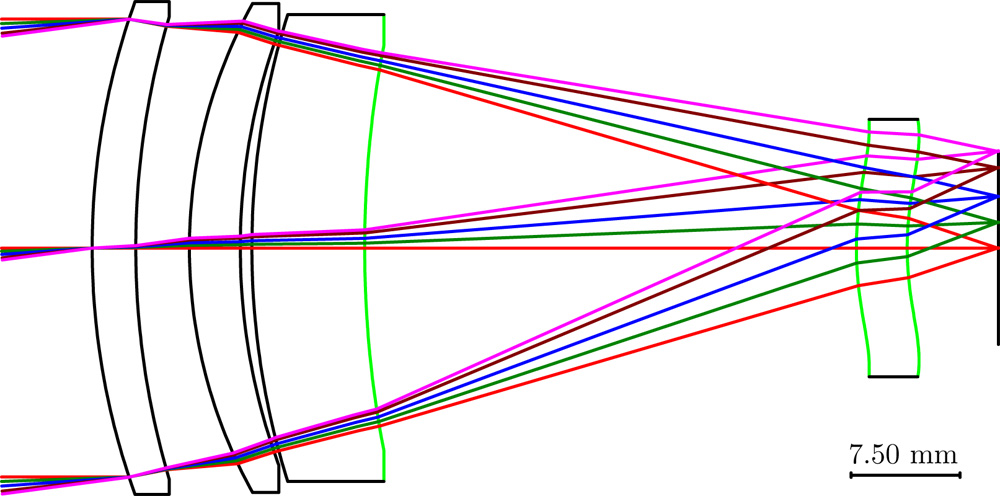Challenges and opportunities in gradient-index optics
A range of new manufacture methods promise gradient-index (GRIN) lenses of arbitrary distribution and an expanded range of refractive index variation.
These novel materials offer a new class of optical systems with improved size and mass and reduced optical component count. The new GRIN processes also offer opportunities in both visible and infrared wavebands. This Mikroniek article explores the new optical architectures enabled by these new degrees of freedom, such as multispectral imaging optics and low-mass avionic displays, as well as the challenges ahead in design, manufacture, metrology and environmental qualification to bring this technology to mass production. (Image courtesy of Qioptiq)
